This is according to a newly released report by the Recruit Works Research Institute, which found that Japan 's working-age population is expected to decline rapidly from 2027. The labor supply is also forecast to decline by about 12% in 2040 compared to 2022, even as labor demand remains stable.
Japan's population has been steadily declining since the economic boom of the 1980s and stood at 125.05 million as of May 2022, according to the Statistics Bureau of Japan. The fertility rate of 1.3 is far below the 2.1 needed to keep the population stable without immigration.
Japanese Prime Minister Fumio Kishida has made reversing Japan's long-standing decline in birthrates a top priority for his government. He has also pledged to spend around 1 trillion yen to train a highly skilled workforce over the next five years. But the country will still face difficulties as its workforce continues to shrink. According to a forecast by Recruit Works, Japan's working-age population is expected to fall by a fifth to 59.8 million by 2040.
The shortage could be severe in labor-intensive sectors such as transportation, construction, and health care. Except for Tokyo, all other regions in the country are expected to experience labor shortages by 2040. Notably, 18 of Japan's 47 prefectures and cities have labor shortages of more than 20%. The labor shortage rate in areas such as Kyoto, Niigata, and Nagano is even more than 30%. Recruit Works' report also points out that promoting immigration may not be the most viable solution in the long term, due to the impact of a similar aging crisis around the world .
Previously, in February, a Tokyo-based public research group also published a report stating that from now until 2040, Japan needs to increase the number of foreign workers to 6.74 million people, more than three times the current figure of 1.82 million people, to achieve the 1.24% annual growth target set by the government.
NETHERLANDS
Source



![[Photo] Hungarian President begins official visit to Vietnam](https://vphoto.vietnam.vn/thumb/1200x675/vietnam/resource/IMAGE/2025/5/27/ab75a654c6934572a4f1a566ac63ce82)



![[Photo] Vice President Vo Thi Anh Xuan, French President Emmanuel Macron and his wife visit Hanoi University of Science and Technology](https://vphoto.vietnam.vn/thumb/1200x675/vietnam/resource/IMAGE/2025/5/27/267b6f2bdf3e46439f081b49f6ec26b1)


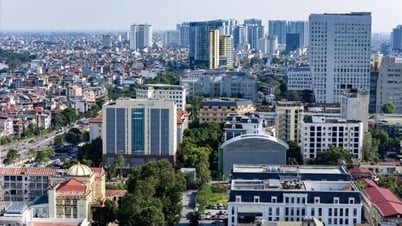

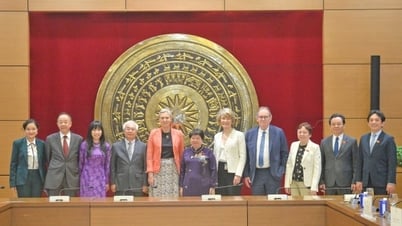






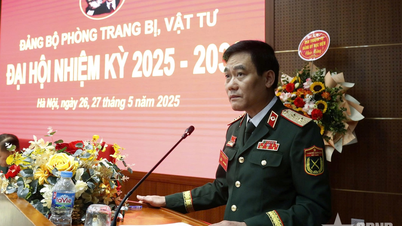

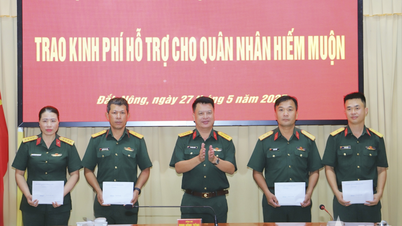

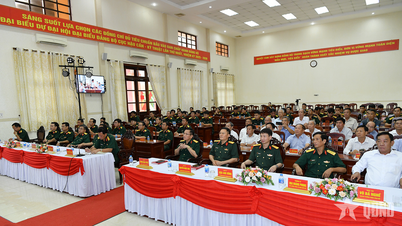










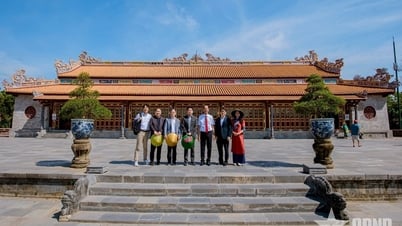



















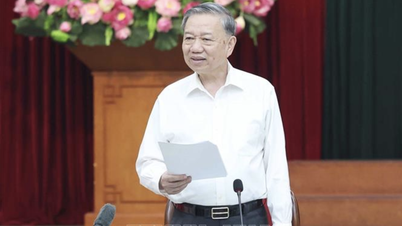










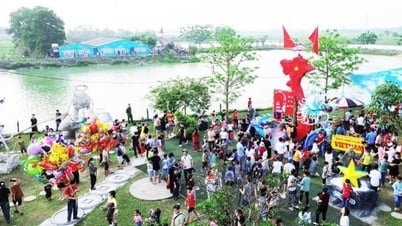


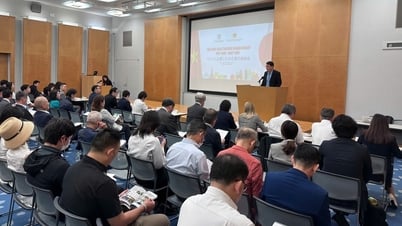
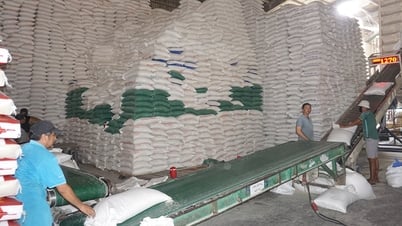




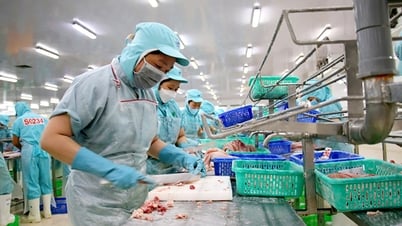












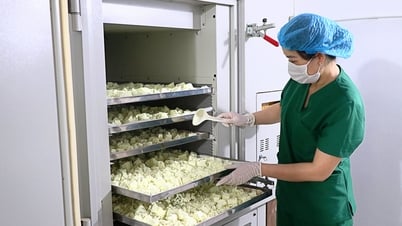

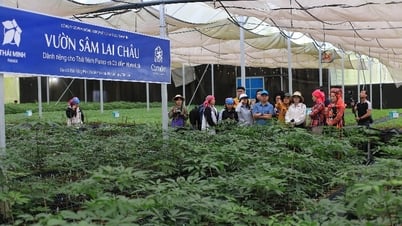

Comment (0)